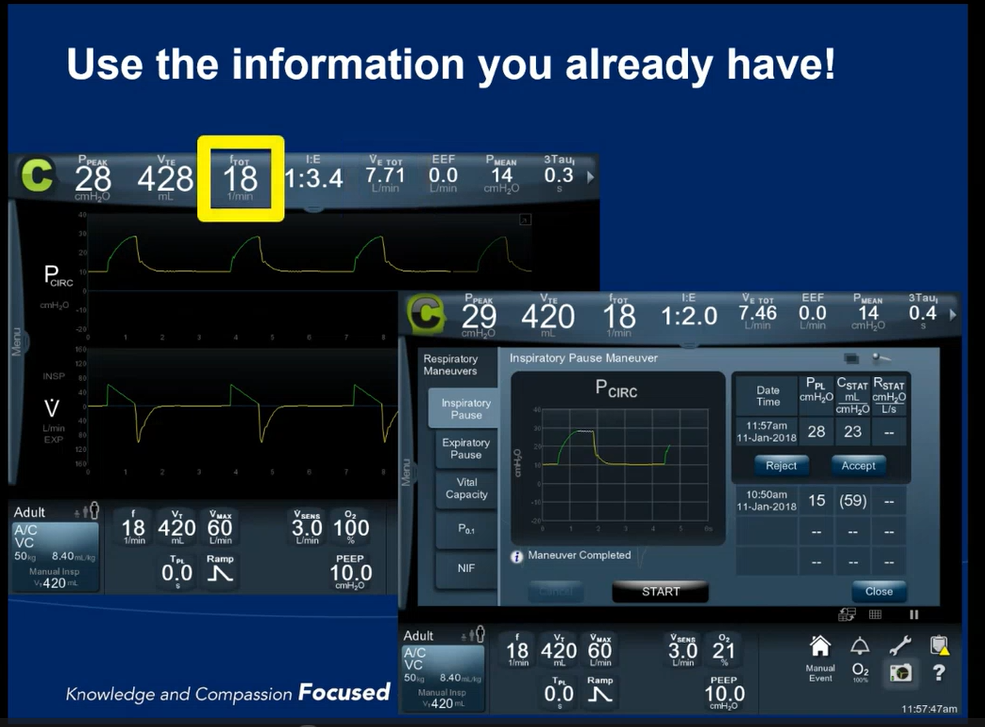[/x_text][x_text]
Podcast: Play in new window | Download
Subscribe: Apple Podcasts | RSS
[/x_text]Clinical Pearls
(Provided by Faith Armstrong, MD, Critical Care Fellow)
Normal Neuroanatomy
- Cerebral Cortex
- Brainstem
- Reticular Activating System- w/in the brainstem and pons; contributes to the level of arousal
Consciousness has two components and coma is a disruption of both for at least 1 hour
- Level of Consciousness: “arousal or wakefulness”
- Content of Consciousness: “awareness and interaction with environment”
* Brain Death, Comatose, Vegetative, and Minimally Conscious States represent different pathological alterations of both dimensions of consciousness *
Coma: state of unarousable unresponsiveness > 1hr
- EEG shows slowing and there is a 50-70% decrease in cerebral metabolism
- Prognosis
- Influenced by age, general medical condition, etiology, clinical signs
- Certain clinical signs associated with poor outcomes (i.e. absence of pupillary reflexes)
- Better in those suffering from traumatic coma vs. anoxic cases
- Those patients who survive begin to awaken and recover within 2-4 wk
Coma- 4 outcomes:
- Fast Recovery (most common)
- Vegetative State (spectrum of minimally conscious to permanent vegetative state…see below)
- Locked-in syndrome
- Brain Death
Vegetative state– can be diagnosed about 1 month post injury
- “Wakefulness without awareness of self & environment”
- Reflexive motor activity only
- No voluntary interaction with environment
- May transition to further recovery or to permanent vegetative state or death
- After 1 month, chances of recovery diminishes… now in a “persistent vegetative state”
- 3 months after anoxic brain injury or 1 year post: TBI without recovery “permanent vegetative state”
- Outcome overall: “The more they do, the sooner they do it, the better off they will be”
Minimally Conscious State
- Unable to communicate thoughts/feelings, but demonstrate inconsistent but reproducible behavioral evidence of awareness of self /environment
- May be chronic or permanent
- Traumatic etiology have a better prognosis
Brain Death Anatomically
- Mechanism consists of a vicious cycle of neuronal injury leading to neuronal swelling, subsequent increased ICP and decreased blood flow which result in further neuronal injury… ie: “Compartment Syndrome of the Head”
- Leads to ICP >MAP, which is not compatible with life
- In the US: loss of cortical and brainstem function must be present to declare brain death
Diagnosing Brain Death
- Patient must have a reason for brain death to classify it as irreversible (i.e. a structural brain lesion)
- Confounding reversible medical causes should be excluded
- Patient must be normothermic with a BP >100
- Alcohol level should be below 0.08%
Clinical Exam: the defining aspect of brain death, must demonstrate loss of function and irreversibility
- Must be performed by certified physician (intensivist, neurologist, etc)
- In 2010, it was established that one exam is sufficient for diagnosis if all components are tested
- Absent cerebral function
- Absent brainstem function (brainstem reflexes & apnea test)
- Apnea Test
- A positive test is APNEA!
- Oxygenation will be stable, and a rise in pCO2 is NOT the definition of a positive test
- Level of pCO2 is simply a measure of whether you gave the patient sufficient stimulus to breathe
- The physician must be present!
- Carbogen simply expedites the rise in CO2 to try to stimulate the respiratory drive
- Ancillary testing: EEG, flow studies, trans-cranial Doppler, angiogram etc.
- Only ordered AFTER a conclusive clinical exam is performed and documented (brain death is a CLINICAL diagnosis)
- Also only used if certain aspects of the clinical exam cannot be performed
Physiologic Derangements Following Brain Death
- CV
- Rostral to caudal ischemia
- As the medulla becomes ischemic there is a profound sympathetic surge
- This is followed by subsequent spinal cord ischemia leading to deactivation of the sympathetic nervous system
- Hypertension then hypotension!
- Arrhythmias due to myocyte necrosis
- Rostral to caudal ischemia
- Pulmonary
- neurogenic pulmonary edema from massive sympathetic surge
- Endocrine
- Rapid disturbance of hypothalamic-pituitary axis leading to decreased vasopressin (DI) and suppression of thyroid hormone release (hypothyroidism)
- Reduced insulin release leads to hyperglycemia
- Decreased levels of cortisol, insulin, and fT3 lead to anaerobic metabolism, depletes myocardial oxygen stores, and causes lactate accumulation
- Hypothermia
- Secondary to hypothalamic failure
- Decrease in metabolic activity
- Coagulopathy
- Secondary to continuous release of large amounts of thromboplastin and plasminogen worsened by hypothermia
- Dilution from fluid resuscitation
[/x_text]
- Wood KE, Becker BN, McCartney JG, D’Alessandro AM, Coursin DB. Care of the potential organ donor. N Engl J Med. 2004 Dec 23;351(26):2730-9.[PubMed Link]
- Wijdicks EF, Varelas PN, Gronseth GS, Greer DM; American Academy of Neurology. Evidence-based guideline update: determining brain death in adults: report of the Quality Standards Subcommittee of the American Academy of Neurology. Neurology. 2010 Jun 8;74(23):1911-8.[PubMed Link]
- Giacino JT, Ashwal S, Childs N, Cranford R, Jennett B, Katz DI, Kelly JP, Rosenberg JH, Whyte J, Zafonte RD, Zasler ND. The minimally conscious state: definition and diagnostic criteria. Neurology. 2002 Feb 12;58(3):349-53.[PubMed Link]
- Kotloff RM, Blosser S, Fulda GJ, Malinoski D, Ahya VN, Angel L, Byrnes MC, DeVita MA, Grissom TE, Halpern SD, Nakagawa TA, Stock PG, Sudan DL, Wood KE, Anillo SJ, Bleck TP, Eidbo EE, Fowler RA, Glazier AK, Gries C, Hasz R, Herr D, Khan A, Landsberg D, Lebovitz DJ, Levine DJ, Mathur M, Naik P, Niemann CU, Nunley DR, O’Connor KJ, Pelletier SJ, Rahman O, Ranjan D, Salim A, Sawyer RG, Shafer T, Sonneti D, Spiro P, Valapour M, Vikraman-Sushama D, Whelan TP; Society of Critical Care Medicine/American College of Chest Physicians/Association of Organ Procurement Organizations Donor Management Task Force. Management of the Potential Organ Donor in the ICU: Society of Critical Care Medicine/American College of Chest Physicians/Association of Organ Procurement Organizations Consensus Statement. Crit Care Med. 2015 Jun;43(6):1291-325. [PubMed Link]
[/x_text]




